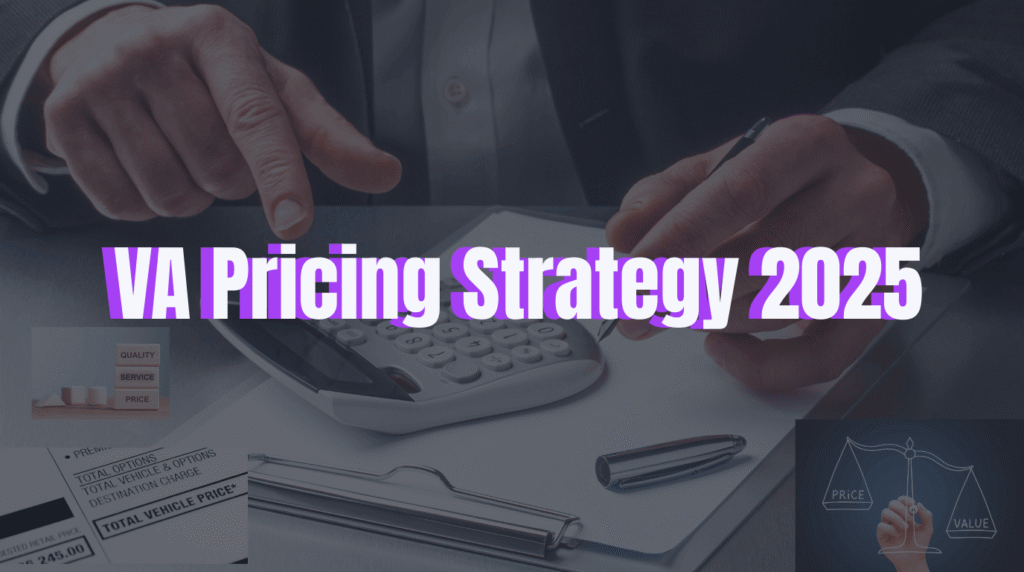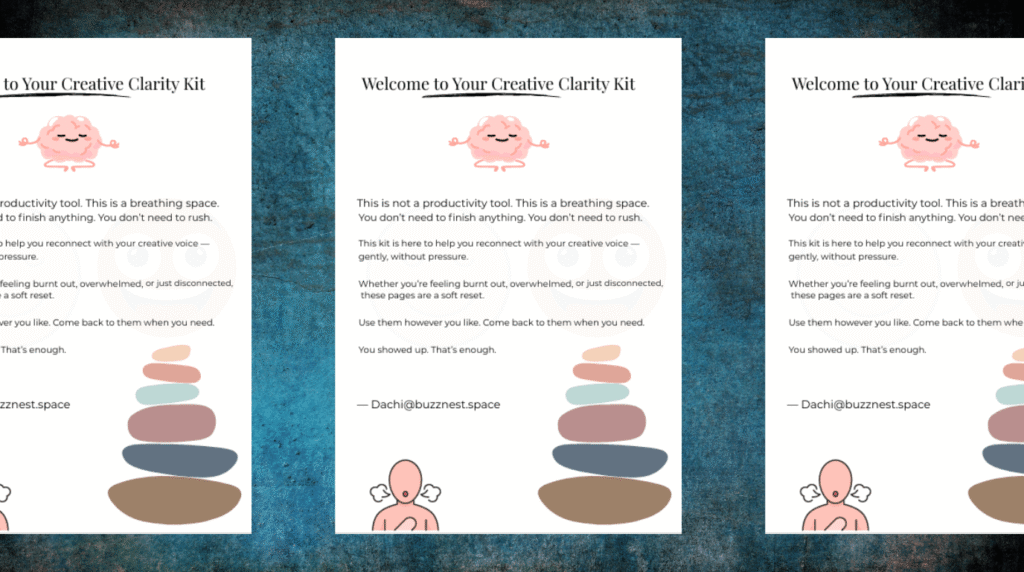There are no reviews yet. Be the first one to write one.
VA Pricing Strategy 2025: How to Price Your Virtual Assistant Services Without Undervaluing Yourself
Introduction
Pricing your services as a virtual assistant is one of the hardest parts of the business. Charge too little, and you burn out working endless hours for minimal return. Charge too much without strategy, and you risk scaring away potential clients. That’s where a solid VA pricing strategy 2025 becomes critical.
The digital workspace has evolved rapidly — clients now expect virtual assistants to not only manage tasks but also bring specialized skills like automation, content creation, and AI-driven tools. In this environment, guessing your rates or copying someone else’s won’t cut it. You need a clear system that balances your skills, client expectations, and market demand.
Why VA Pricing Strategy 2025 Matters
The freelance and remote work economy is growing faster than ever. According to Upwork’s reports, skilled independent workers are commanding higher rates because businesses increasingly rely on remote professionals.
But here’s the challenge: competition has also grown. With thousands of VAs entering the market, many slash their rates just to land clients. This creates a dangerous cycle of undervaluing work. A clear VA pricing strategy 2025 helps you break that cycle by:
- Positioning yourself as a professional rather than a commodity.
- Attracting clients who value quality over bargain rates.
- Ensuring your business is sustainable long-term.
5 Pricing Mistakes Virtual Assistants Make
Mistake 1 — Charging by the Hour Only
Hourly pricing feels simple: you work an hour, you get paid. But in reality, it punishes efficiency. If you’re skilled enough to finish a 3-hour task in 1 hour, should you earn less? Probably not.
Proven Fix: Mix hourly with project-based or retainer pricing. Clients pay for outcomes, not just time. A strong VA pricing strategy 2025 uses hybrid models that protect your value.
Mistake 2 — Copying Competitor Rates
Many VAs look at what others are charging and set the same number. The issue? Their skills, experience, and client base are different from yours.
Proven Fix: Instead of copying, build rates based on your costs, target income, and unique expertise. Market research is important, but your VA pricing strategy 2025 should be customized to your goals.
Mistake 3 — Not Accounting for Expenses
Software subscriptions, automation tools, taxes, and training courses all add up. If you don’t include them in your pricing, you’re slowly draining profit.
Proven Fix: Factor in all business costs before setting rates. Your hourly or package rate should reflect both your skill and overhead.
Mistake 4 — Offering Discounts Too Often
Saying “I’ll lower my price just to close this client” feels like a quick win, but it creates long-term problems. Clients expect you to always bend, and raising prices later becomes impossible.
Proven Fix: Use discounts strategically, such as for bulk commitments (e.g., 6-month retainer). Never discount just because you’re nervous about losing a lead.
Mistake 5 — Not Adjusting Rates Annually
The value of money changes, and so does your skill set. If you’re charging the same as you did two years ago, you’re likely underpaid.
Proven Fix: Review your VA pricing strategy 2025 annually. Inform long-term clients about incremental increases as your expertise grows.
Proven VA Pricing Strategies for 2025
Here are models you can combine to build a profitable pricing approach:
- Hourly Rate + Minimum Commitment: Useful for ad-hoc admin tasks. Example: $35/hour with a 10-hour minimum per month.
- Retainer Packages: Clients pay a flat monthly fee for consistent support. Example: $900/month for 30 hours of availability.
- Project-Based: Perfect for deliverables like podcast editing or website updates. Example: $250/project.
- Value-Based Pricing: Charge based on results, not time. If your work generates $5,000 in sales, charging $1,000 is fair.
The best VA pricing strategy 2025 blends these models, allowing flexibility while ensuring stability.
Real-World Examples
Case Study 1: Maria, a VA specializing in real estate support, switched from hourly rates to retainers. Instead of $20/hour, she began offering a $1,000/month package for 40 hours. Clients loved the predictability, and Maria doubled her income in six months.
Case Study 2: David, a tech VA, used value-based pricing for automation workflows. One workflow saved a client $3,000 monthly in staff costs. David charged $1,200 for the setup — a win-win that positioned him as a premium partner.
Conclusion
Building a smart VA pricing strategy 2025 isn’t just about choosing numbers. It’s about understanding your worth, factoring in expenses, and aligning your services with client needs.
Avoid the mistakes of underpricing, copying others, and relying only on hourly rates. Instead, use hybrid pricing models, review your rates regularly, and communicate your value with confidence.
With the right strategy, you’ll attract quality clients, scale sustainably, and ensure your virtual assistant business thrives in 2025 and beyond.
Funnels. Emails. Courses. All-in-one & Free Forever — No tech headaches.
Start Free



